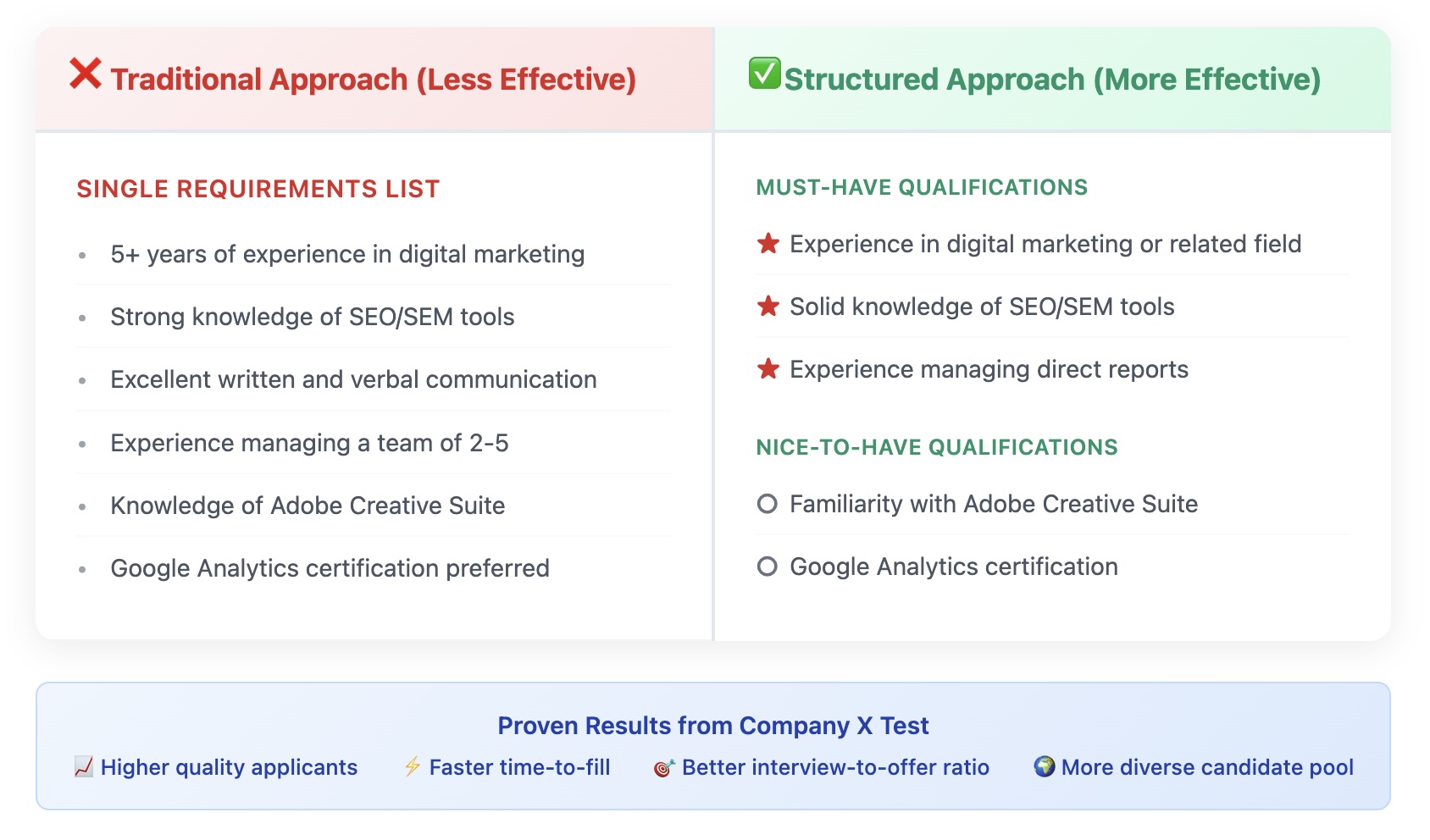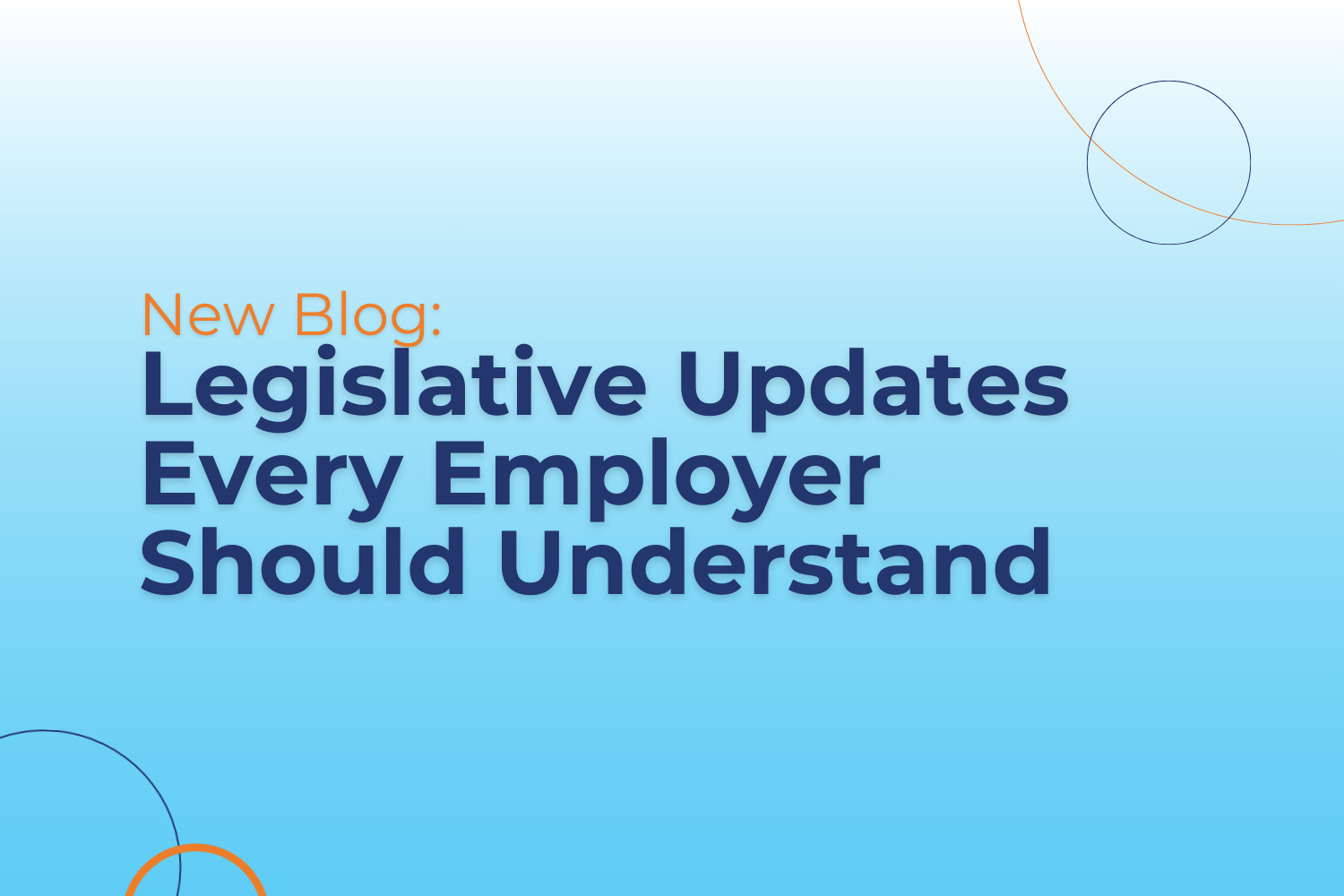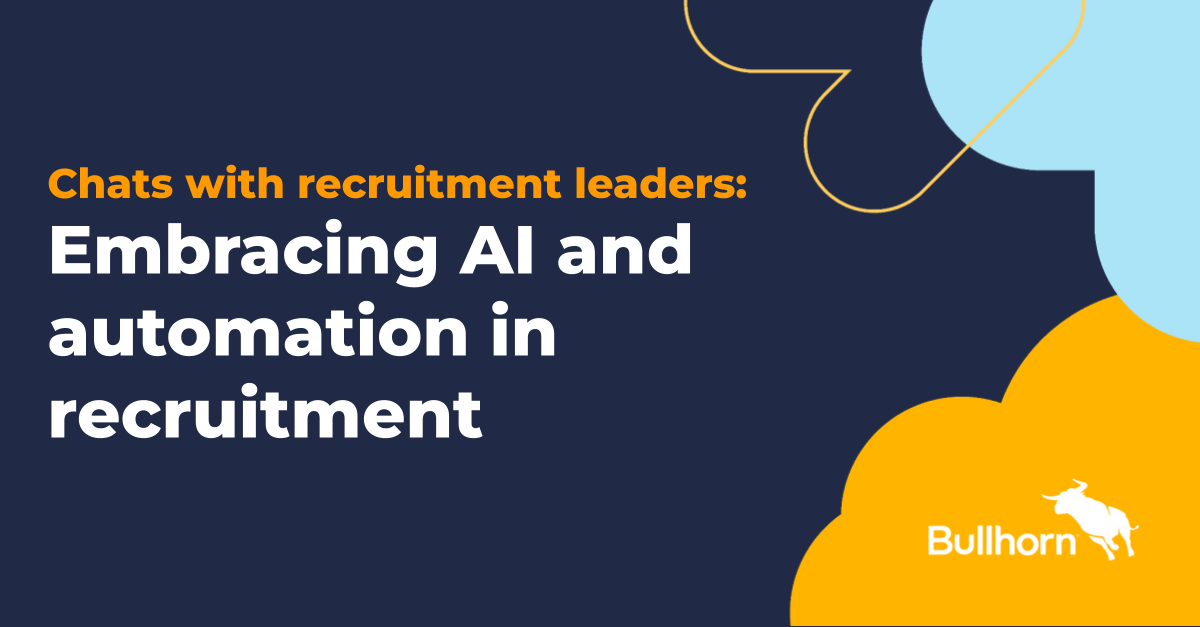A coalition of organizations spearheaded by Pete Stavros, a co-head of global private equity at KKR, is advocating for legislative reforms that would make it easier for larger companies to give employees part ownership of their firms.
All about ESOPs. The structure of the benefit, known as an employee stock ownership plan (ESOP), was made possible by the 1974 Employee Retirement Income Security Act (ERISA), and is often offered as a type of retirement plan. Companies typically offer shares to their workers through a trust, with the amount of stock they receive growing as they spend more time at the firm.
ESOPs differ from other types of stock repurchase programs in that they don’t require workers to dip into their own wages or savings to buy shares of the company.
The coalition, which is called Expanding ESOPs and includes partners such as Deloitte and UBS, posits that this benefit has potential to boost wealth generation as well as lower employee turnover. “ESOP ownership can be a significant win for all stakeholders of a company, including both employees and business owners,” Kim Blaugher, executive director of UC San Diego’s Rady School of Management, said in a statement.
Due to insufficient tax incentives and potential litigation risk, however, larger businesses tend to steer away from ESOPs, the coalition contends. Expanding ESOPs intends to push for policy reform that would make it easier for companies to form “partial ESOPs”—that is, a structure where workers only own part of a business, rather than 100% of the company, as is often the case when smaller businesses adopt this structure. Such reforms might include changing tax incentives so they are more suitable to partial ESOPs, as well as establishing guidelines to protect workers and avoid “undue litigation risk,” the coalition said in a statement outlining its principles.
Ultimately, the hope is these ESOP benefits will be disproportionately available to frontline workers, rather than “highly compensated executives.”
Quick-to-read HR news & insights
From recruiting and retention to company culture and the latest in HR tech, HR Brew delivers up-to-date industry news and tips to help HR pros stay nimble in today’s fast-changing business environment.
There is, of course, a potential upside for private equity firms like KKR that invest in ESOPs. These firms may see ESOPs as a valuable investment due to their potential to drive higher returns through employee productivity and satisfaction. In some cases, a private equity firm may use funds from an ESOP transaction, like a sale, “to generate liquidity for its investors,” according to a book excerpt from the National Center for Employee Ownership.
How HR can make ESOPs work. Should more companies become interested in ESOP formation in the future, their success hinges in part on good HR practices, said Joseph Blasi, executive director of the Institute for the Study of Employee Ownership and Profit Sharing at Rutgers University. Research suggests that in order to see positive outcomes from ESOPs, employers can consider the following:
- Pairing the benefit with wages “at or above the market.” An ESOP program shouldn’t be seen as a replacement for wages, Blasi told HR Brew. If an employer cuts wages by 20% and suggests workers can make it up using stock from an ESOP, “that doesn’t motivate people, that just angers them,” he said.
- Ensuring job security. If employers hope to incentivize workers to stay at their companies longer-term through an ESOP structure, it’s important for employees to understand their positions are secure, he said.
- Offering complimentary short-term incentives such as profit-sharing or gainsharing. While ESOPs offer a long-term equity incentive, “workers are looking for some kind of a reward for this quarter and this year’s performance,” Blasi said.
- Encouraging employee empowerment. In order to foster the sense of shared ownership that ESOPs promise, employees should be encouraged to solve problems within their jobs or departments, he added. This might be accomplished through a self-managed team structure, for example.











